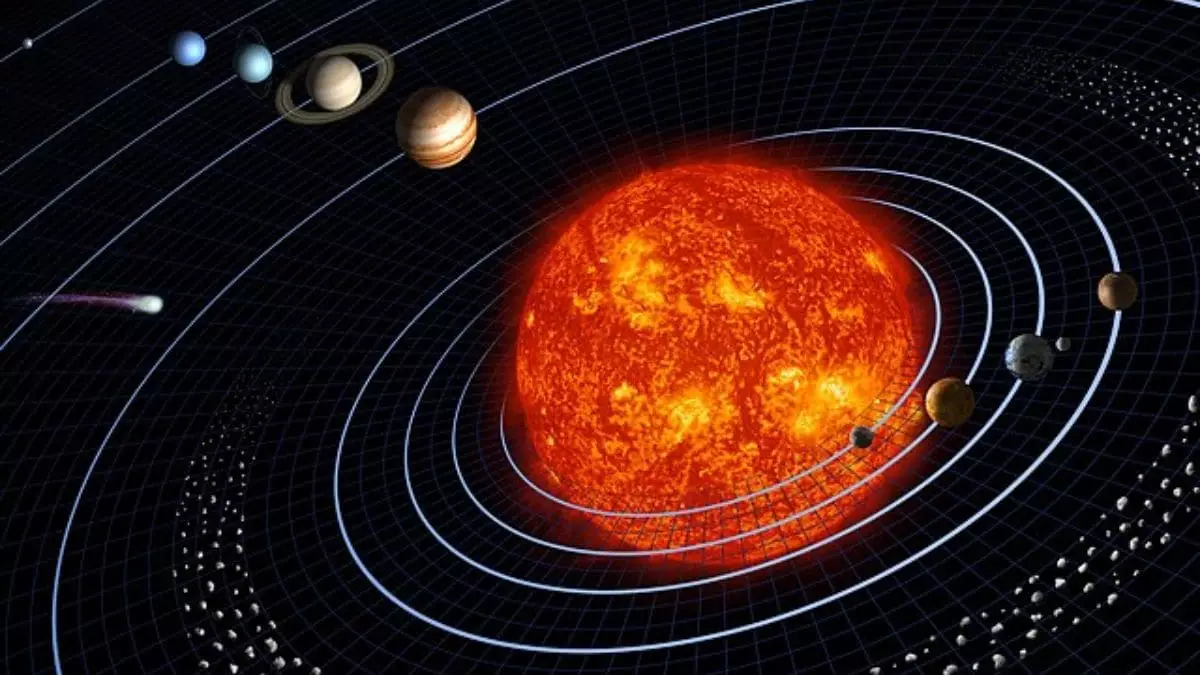For decades, planetary scientists clung to a narrative that depicted the orderly and sequential birth of planets within our solar system. Inner rocky worlds like Earth and Mars were believed to have emerged swiftly, forging their crusts early in cosmic history. Meanwhile, their more distant siblings—Jupiter, Saturn, Uranus, and Neptune—were stereotyped as latecomers, hindered by their colder, water-rich compositions. That story, long accepted as fact, just experienced a seismic shift thanks to the unassuming Northwest Africa 12264 meteorite. This tiny rock, tipping the scales at a mere 50 grams, has emerged as a groundbreaking piece of evidence that threatens to rewrite the saga of planetary formation. It suggests that the timeline of such processes might have been far more synchronized across the solar system than previously thought, fundamentally altering our understanding of planetary evolution.
Unraveling Ancient Clues in a Small Sample
What makes this meteorite so revolutionary isn’t its size but its age—an astonishing 4.564 billion years, nearly identical to crustal rocks from Earth’s early days. Its chemical composition acts as a cosmic timestamp, revealing that the material constituting outer solar system bodies originated at around the same time as their inner counterparts. The isotope ratios of chromium, oxygen, and lead solidify this story, indicating that rocky planets across the entire solar system assembled within a more compressed timeframe. This challenges the notion that water and ice-rich environments in the outer regions delayed planet formation by a few million years. The new evidence suggests that internal differentiation—the process by which planetary bodies develop layered structures—was likely happening collectively, not sequentially.
Implications for Broader Cosmic Understanding
The implications extend beyond our solar neighborhood. Astronomers observing exoplanetary systems have noted that planet formation can be rapid and extensive, occurring across vast orbital distances. The findings from this meteorite resonate with these observations, hinting that the processes we observe around other stars may mirror our own cosmic history more closely than assumed. This challenges the traditional view that outer, water-rich planets necessarily formed later, providing new grounds for speculation about the universality of planetary formation timelines. If planetesimals—building blocks of planets—formed quickly in the early solar system, then the emergence of Earth-like worlds across the galaxy might also be a more common and less delayed event than previously believed.
The Power of Small Discoveries in a Vast Universe
Although the time difference this meteorite reveals may seem trivial within the grand scale of the universe, its significance cannot be overstated. It calls into question established assumptions about planetary development and underscores the importance of meticulous scientific investigation—no matter how insignificant a specimen might appear. The narrative of cosmic history, once painted in broad strokes, now demands revision based on these nuanced details. As we integrate this new perspective, the story of how planets come to be appears to be more intricate, more intertwined, and perhaps more optimistic about our chances of finding Earth-like worlds elsewhere in the galaxy, where formation timelines might be just as rapid and synchronized as our recent evidence suggests.


Leave a Reply